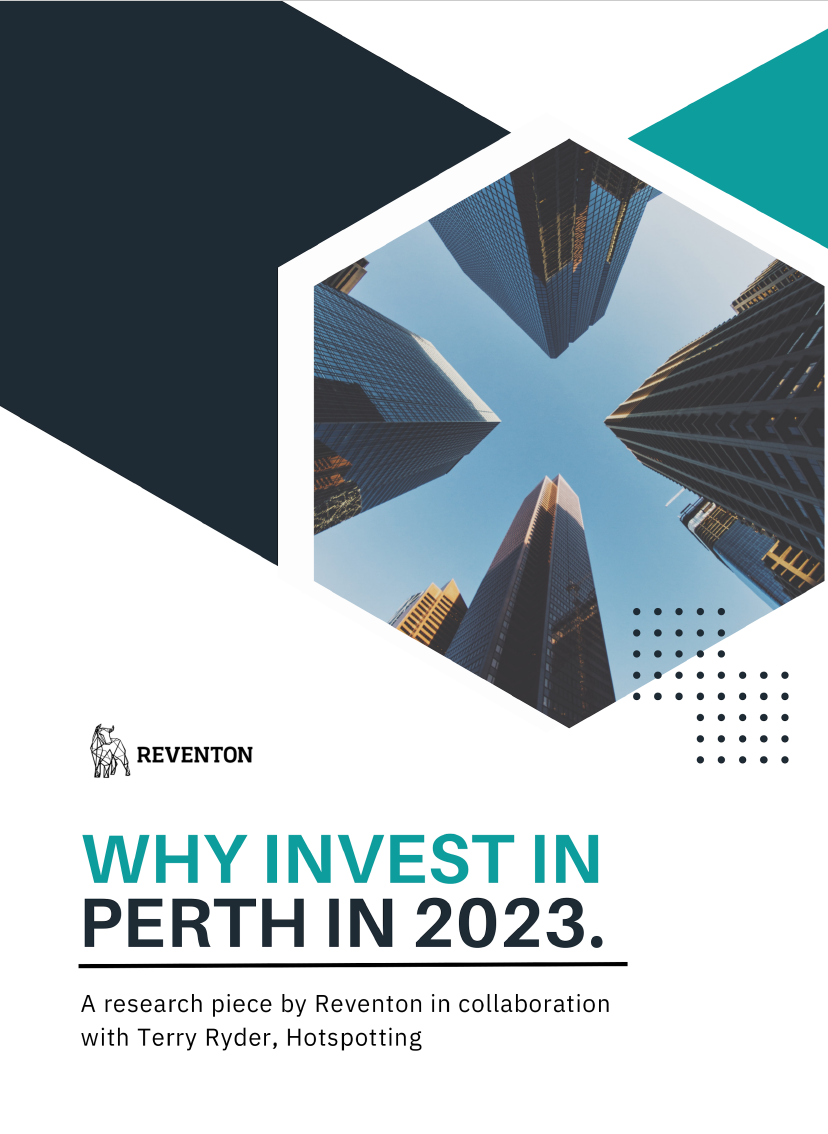Finance Glossary
This is a basic guide to some of the terms used when we talk about finance, property investment and financial planning to help you to build a more prosperous tomorrow. Our finance specialists are always happy to explain terminology and what they might mean for you.
Basic variable – Low interest rate (lower than a standard variable loan) no frills loan.
Break costs – fees that are sometimes incurred when a loan is paid off early.
Bridging finance – a short-term loan used to bridge the gap between buying a new property and selling an existing one. For example, taking out a temporary loan to settle a purchase that becomes due before the date that the ‘longer term’ finance becomes available.
Cross-securitisation/cross-collateralisation – when the financial institution uses your property (whether owner-occupied or investment) as security for other property you purchase.
Drawdown of funds – To withdraw funds from a designated loan account, common in house and land purchases with a construction loan where building progress payments are drawn down progressively according to construction expenditure.
Equity – the difference between your mortgage and your property’s value. If your home is worth $500,000 and you owe $180,000, then you have equity of $320,000.
Fixed rate – where the home loan is locked in at a specific interest rate for a specified term. (usually one to five years)
Interest-only – only repaying the interest charged on your mortgage, not paying anything off the principal amount.
LMI (lenders mortgage insurance) – usually required by lenders when you’re borrowing more than 80 per cent of the property’s value. It provides insurance to the lender in case the borrower defaults on the loan.
Line of credit – a facility available from financial institutions that gives you a credit limit that you can draw down at any time. It’s similar to a credit card, except you don’t have to make set repayments of the principal.
Low-doc loan – relatively new, these are loans that don’t require as much documentation to set up the loan. They are popular with self-employed people and those who have not yet established a credit rating.
LVR (loan-to-value) ratio – to calculate it, divide the loan amount by the value of the property then multiply by 100 to get a percentage. Banks and financial institutions use this as a measure of whether you can afford the loan.
Principal and interest (P&I) – the amount borrowed or still to be repaid, plus the interest on the mortgage. The principal is part of the repayment that reduces the balance of the mortgage.
Refinance – to obtain new finance for something on different terms, usually involving the paying off of an existing loan by means of a new (and often cheaper) loan.
Reverse mortgage – designed for seniors who are asset-rich but cash-poor. The facility allows them to access the equity in their homes without having to sell it. Most often the loan is not paid out until the borrower dies, moves into a nursing home or relocates.
Serviceability – whether you can manage your mortgage payments, based on your income and expenses.
















